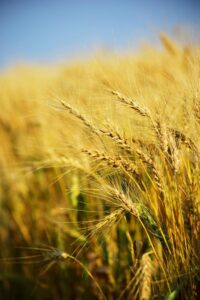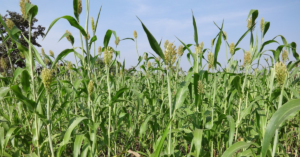Discover the Hidden Marvels of Pakistan
Explore wonders in Pakistan – from rich culture to stunning nature. Explore the unseen with us and unlock the extraordinary.


Subscribe to our Newsletter
Stay connected with the heartbeat of Pakistan. Subscribe to our newsletter for exclusive updates, stories, and a deeper exploration.
Popular Categories
Blogs
The Top 5 Tallest Mountains in Pakistan
Pakistan is home to some of the most majestic peaks...
Read MoreEndangered Species in Pakistan: Preserving Our Wildlife
Explore the dilemma of endangered species in Pakistan, from snow...
Read MoreExploring the Highest Mountain Ranges in Pakistan
Discover the inspiring mountain ranges of Pakistan, from the towering...
Read MoreMajor Crops of Pakistan: An In-depth Analysis
Pakistan is renowned for its rich agricultural heritage and heavy...
Read MoreGallery






About Explore Pakistan
Welcome to Explore Pakistan, where we guide you through the intricate tapestry of sports, culture, nature, landmarks, wildlife, and agricultural marvels in Pakistan. By doing so, we go beyond borders, providing vivid glimpses into the essence of Pakistan. Each post serves as a brushstroke, carefully crafting a vibrant portrait of the hidden gems scattered across this diverse land.




